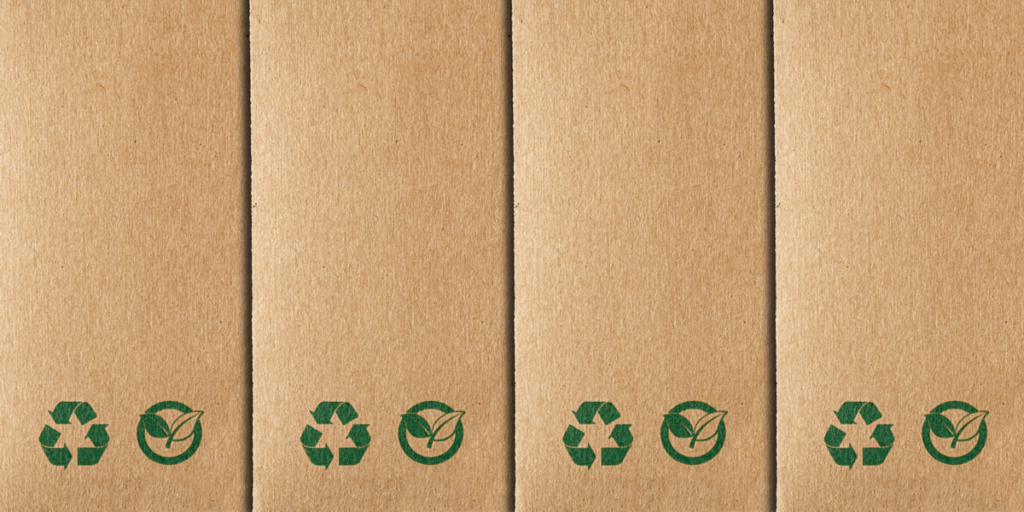Consumer expectations are high for brands to be eco-friendly, and research shows that Sustainability is driving demand and customer loyalty with total ethical spending having risen almost fourfold in the past 20 years.
Half of Britons feel guilty about the amount of plastic they use and say they’d pay more for products with eco-friendly packaging according to a survey which means retailers can pass the costs on to the consumer.
At the end of 2019, the Pitney Bowes parcel shipping index predicted that global shipping volumes would reach 200 billion parcels by 2025, that was before the pandemic caused a shift towards online shopping. 4 in 10 shoppers plan to continue to shop in this way after the lockdown is lifted, but what does this mean for the amount of waste generated by packaging all these orders?
We look at ways that eCommerce brands can embrace sustainable practices when it comes to packaging.
Reduce packaging.
One of the simplest ways to make your shipping more eco friendly is to find ways to reduce packaging, not just in delivery but throughout the supply chain. Speak to your supply chain partners about sustainable approaches to materials across the board.
Do products genuinely need the amount of bags, containers, filler and large boxes we often see when they’re delivered? Apart from eco-benefits, using fewer materials can reduce costs, for instance finding ways to ship in smaller boxes with less empty space means reduced shipping costs and you’re not paying good money to ship empty space around which is taking up valuable room in delivery vehicles and increasing your carbon footprint. Ways to reduce packaging:
- Consolidate orders to use fewer materials.
- Use smaller boxes, eliminate empty space and unnecessary void filler.
- Reduce over-packaging throughout the supply chain.
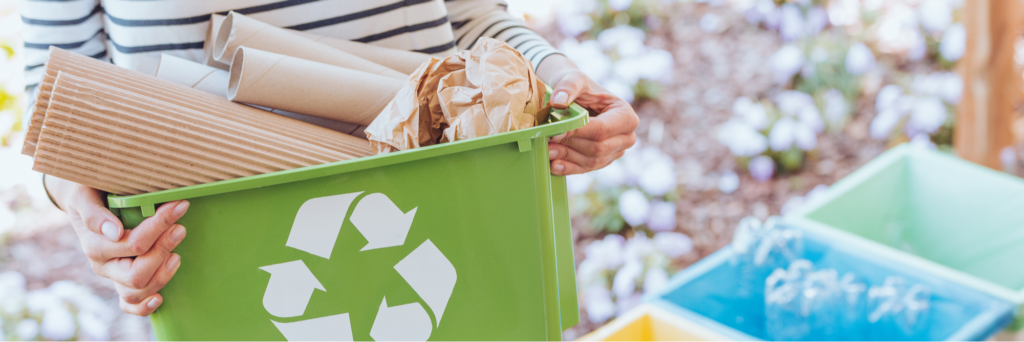
Explore Alternative materials.
There are more options than ever when it comes to alternative packaging materials. The most obvious starting point is recycled packaging, packaging made from recycled materials like Paperboard cardboard or even made from recovered ocean plastic.
Bioplastics are now an option, made from renewable biological sources, they have the same properties as ordinary plastic, but depending on the type can be biodegradable.
The technology and appetite now exist to manufacture packaging that is plant-based e.g. made from vegetable oils, corn starches and food waste.
And going beyond plant-based packaging is edible packaging, though this is very much in its infancy. No recycling necessary when you can eat the wrapping!
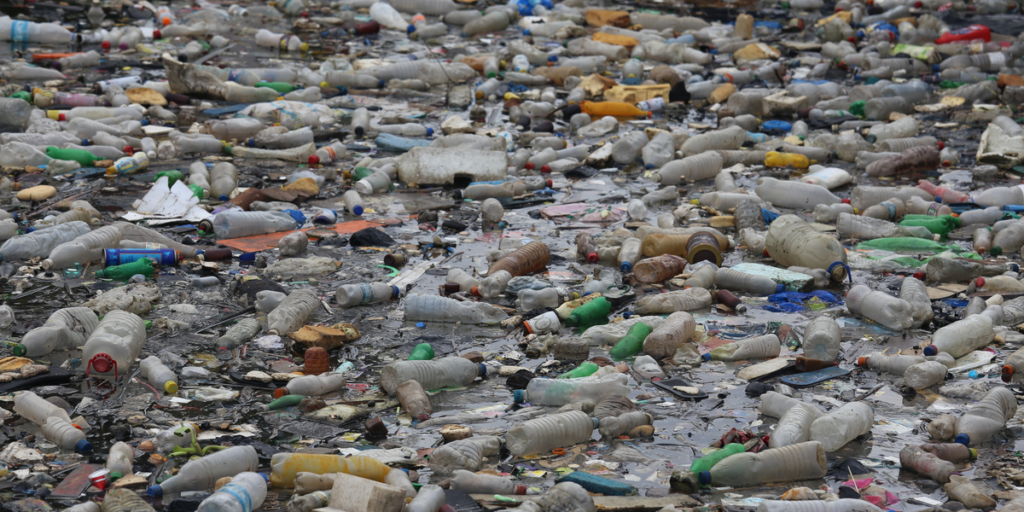
Compostable and biodegradable packaging.
Limiting the amount of waste that ends up in landfills is a goal that all companies and individuals should be aiming for, and biodegradable materials are a great solution to this. Finding ways to be environmentally friendly using compostable and biodegradable packaging is also more accessible than it used to be.
Examples of such materials are Bagasse made from sugar cane; Mycelium made from the mushroom root, cellophane alternatives based on cellulose, derived from wood pulp and Milk plastic, made from, you guessed it, milk!
This type of packaging makes it easy for customers to dispose of in their brown compost bins at home.
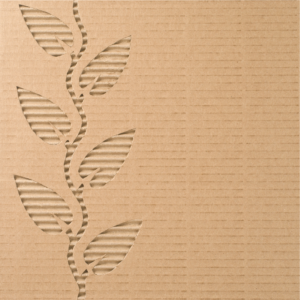
Encourage recycling and safe disposal.
Once the packaging is in the hands of your customers, of course, you no longer have control over where it ends up. But as part of your sustainability initiative, you can communicate with your customers how best to dispose of the materials.
By clearly labelling the packages, you take the thinking out of it for customers, so they know whether a container should be recycled, composted or even reused.
Clear labelling not only encourages the consumer to dispose of the waste in an eco-friendly way but is another way to show that your brand cares about the environment and that this is a priority for your business.
You could go a step further by asking customers to share how they dispose of it, like Evian’s flip it for good campaign.
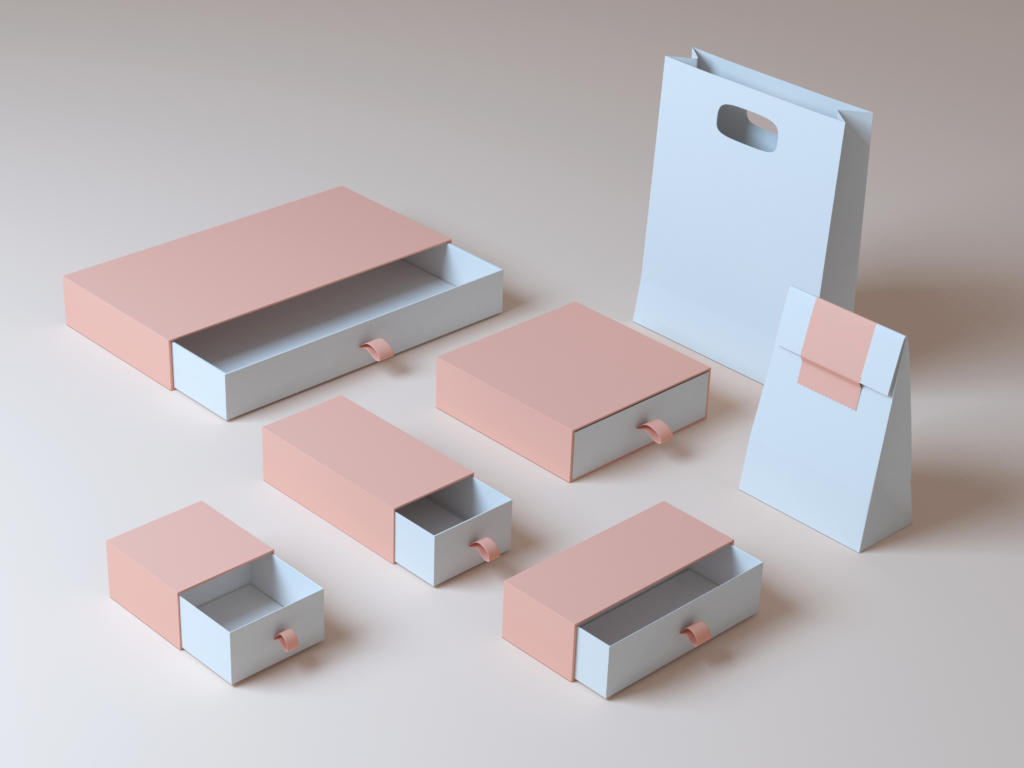
Design Packaging for a second life.
Using innovative design to add additional functionality and brand equity can elevate the status of the box in which your product arrives. This not only adds to the customer experience but can also serve to create a second life for the packaging.
Some luxury brands already design containers with upcycling in mind and actively encourage customers to give them a second life. Like this watch box that can be used as a desk tidy, or this tequila bottle that can be upcycled as a vase or candle holder. This post-purchase interaction with your brand can also have the effect of promoting the unboxing trend.
From plant-based packaging to plantable packaging, this sustainable wrapping paper has seeds embedded between layers of tissue and grows into various vegetables like broccoli, carrots, and tomatoes.
Initiatives to ban single-use plastics and some outside the box imagination can lead to more innovation around packaging design for second life purposes.
Conclusion
As consumer desire for sustainable brands progresses, standing still isn’t an option for retailers. We encourage you to explore the options available for sustainable packaging that suit your brand, that will delight your customers while ensuring the products arrive intact.
More about Scurri
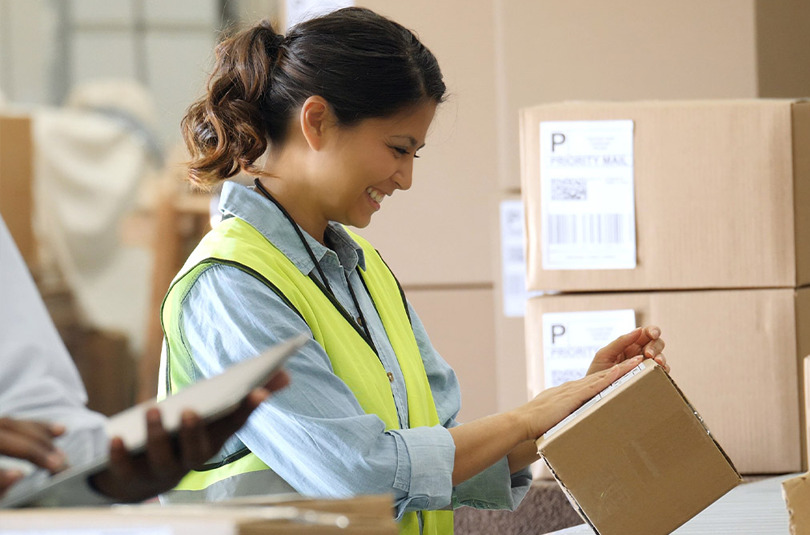
Case Studies
See examples of how we have helped leading retailers drive efficiencies, growth and profit
